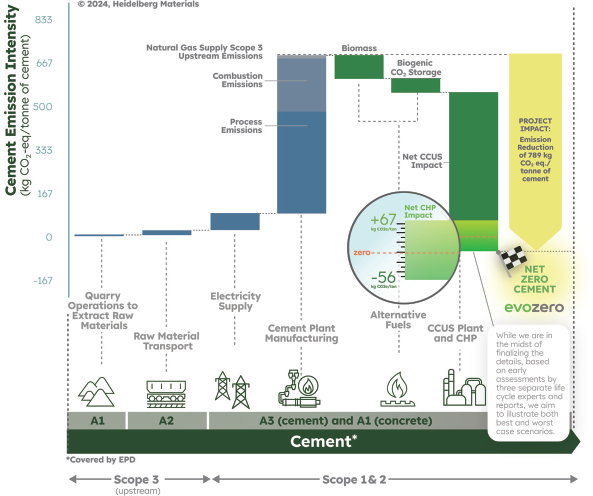May 2014
COMMUNITIES: INDUSTRY
Sun Shines on Engineers Looking to Lower Solar Energy Costs
 In its ongoing mission to make solar energy cost-competitive with traditional energy sources over the next decade, the Department of Energy’s SunShot Initiative, which has funded hundreds of solar energy projects since its launch in 2011, recently announced $25 million in new funding.
In its ongoing mission to make solar energy cost-competitive with traditional energy sources over the next decade, the Department of Energy’s SunShot Initiative, which has funded hundreds of solar energy projects since its launch in 2011, recently announced $25 million in new funding.
The new funding will support solar manufacturing projects that take on key cost-contributors across the hardware supply chain and make time- and money-saving improvements to manufacturing processes. Awardees are expected to demonstrate cost reductions and move technology from the development to pilot stages or from pilot stages to full-scale manufacturing or construction within one to four years.
“The SunShot Initiative advances solar technology and enables greater solar deployment across the US by driving research, manufacturing, and market solutions to make abundant solar energy resources more affordable and accessible for Americans,” says Director of the Solar Energy Technologies Office Minh Le. “SunShot enters into cooperative agreements with private companies, universities, and national laboratories in innovative research, development, and demonstration projects that aim to drive down the cost of solar electricity to $0.06 per kilowatt-hour.”
Despite being active for only three years, the initiative is more than halfway to its goal for utility-scale solar photovoltaic (PV) electricity, which has dropped in price from roughly $0.21 per kilowatt-hour in 2010 to $0.11 per kilowatt-hour at the end of 2013, according to the National Renewable Energy Lab. It may not be clear exactly what percent of the downward trend is the result of SunShot investments, but research by the Department of Energy suggests the investments are at least partly responsible.
 “More than half of all solar cell efficiency records have been directly funded by SunShot, and 30% of all patents in the solar energy field are linked to patents attributable to the DOE,” Le says. “Since 2011, eight SunShot partners have set more than 15 world records for solar cell efficiency. Energy Department investments are helping to drastically drive up solar efficiency and performance, contributing to a continuous drop in the cost of solar.”
“More than half of all solar cell efficiency records have been directly funded by SunShot, and 30% of all patents in the solar energy field are linked to patents attributable to the DOE,” Le says. “Since 2011, eight SunShot partners have set more than 15 world records for solar cell efficiency. Energy Department investments are helping to drastically drive up solar efficiency and performance, contributing to a continuous drop in the cost of solar.”
Much of the drop in price to $0.11 per kilowatt-hour from $0.21 is due to improvements that have brought down the cost of hardware. Soft costs, such as permitting, inspection, installation, and maintenance, have decreased as well but not by the same margin. As a result, soft costs now make up the larger portion of the overall cost of a utility-scale solar PV system, and SunShot has responded by shifting its focus to fund more projects aimed at reducing the soft costs of solar energy.
One such project, funded as part of SunShot’s Extreme Balance of System Hardware Cost Reductions program and being undertaken by engineers at Cascade Renewable Energy, is the development of the first injection-molded plastic solar PV racking systems. “Before applying for [SunShot] funding, we worked to identify waste streams and areas that didn’t add value in the process,” says Cascade Engineering Manager Rich Peek. “We talked to installers and engineers at five project sites and connected with other groups in the solar space for input.”
Cascade, located in Grand Rapids, Michigan, then proposed a plastic-based PV racking system as a way of reducing balance-of-system costs, including mechanical and electrical labor, by 25%. The company is now testing, adjusting, and finalizing their design for commercial production.
“We expect to announce more funding opportunities throughout the year, a couple of which may be open to individuals and companies with specialties outside of the energy sector,” Le says. “SunShot offers funding opportunities for software engineers, data analysts, and others to make an impact on the rapidly growing clean energy industry.”


 Volunteering at NSPE is a great opportunity to grow your professional network and connect with other leaders in the field.
Volunteering at NSPE is a great opportunity to grow your professional network and connect with other leaders in the field. The National Society of Professional Engineers (NSPE) encourages you to explore the resources to cast your vote on election day:
The National Society of Professional Engineers (NSPE) encourages you to explore the resources to cast your vote on election day:


